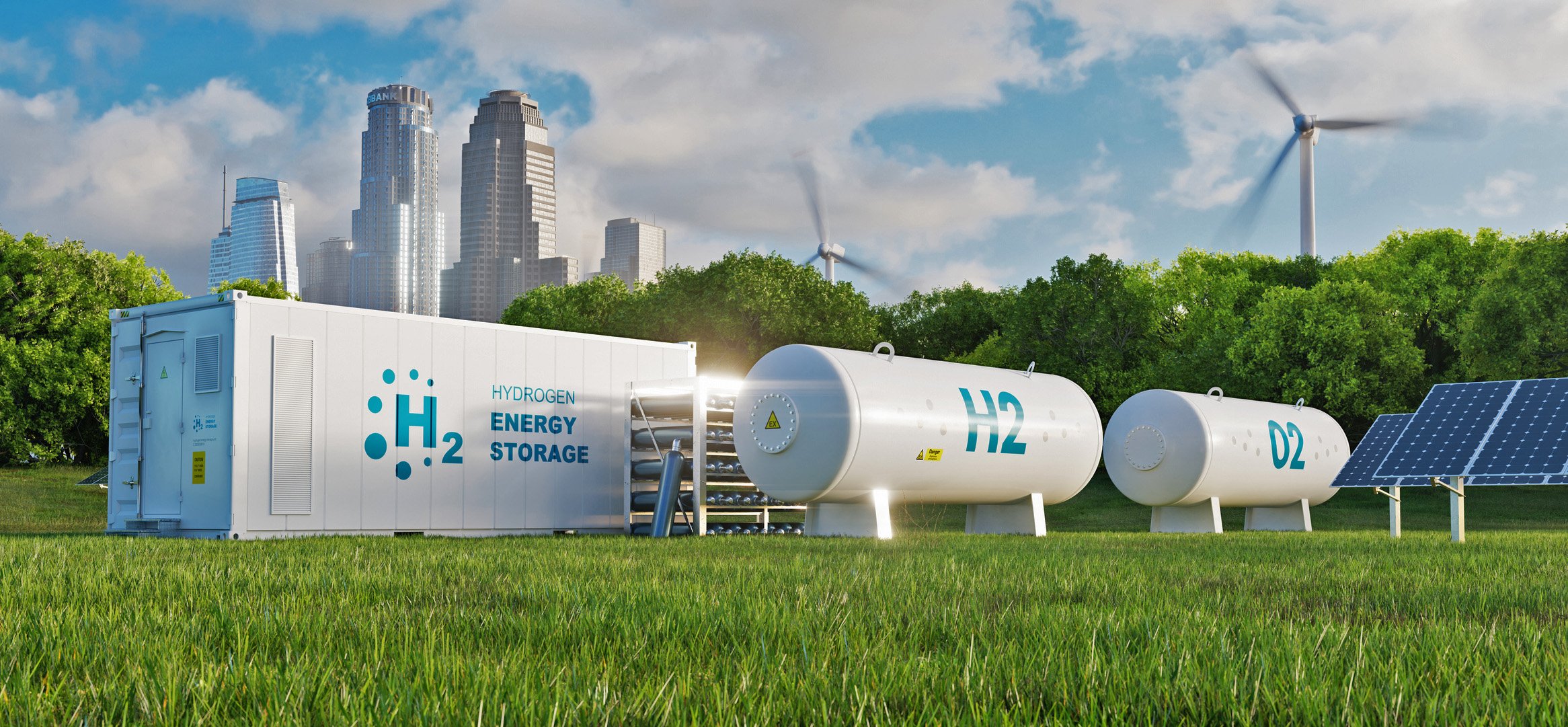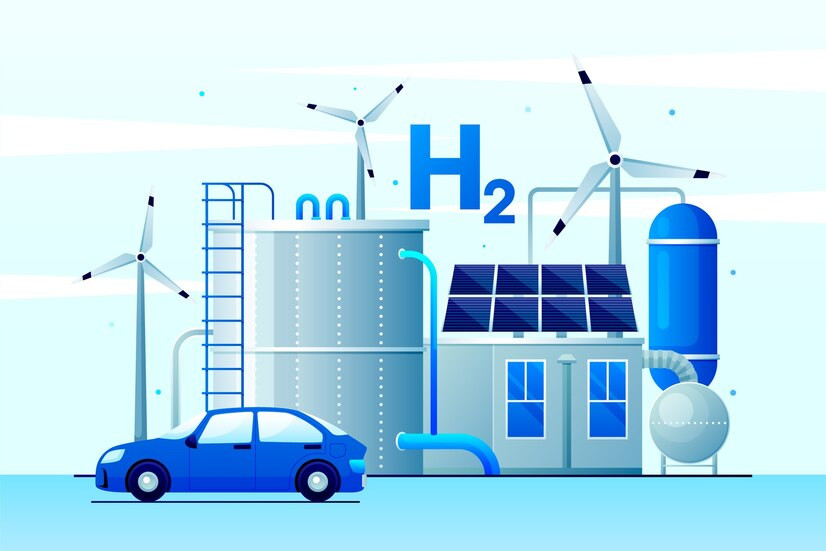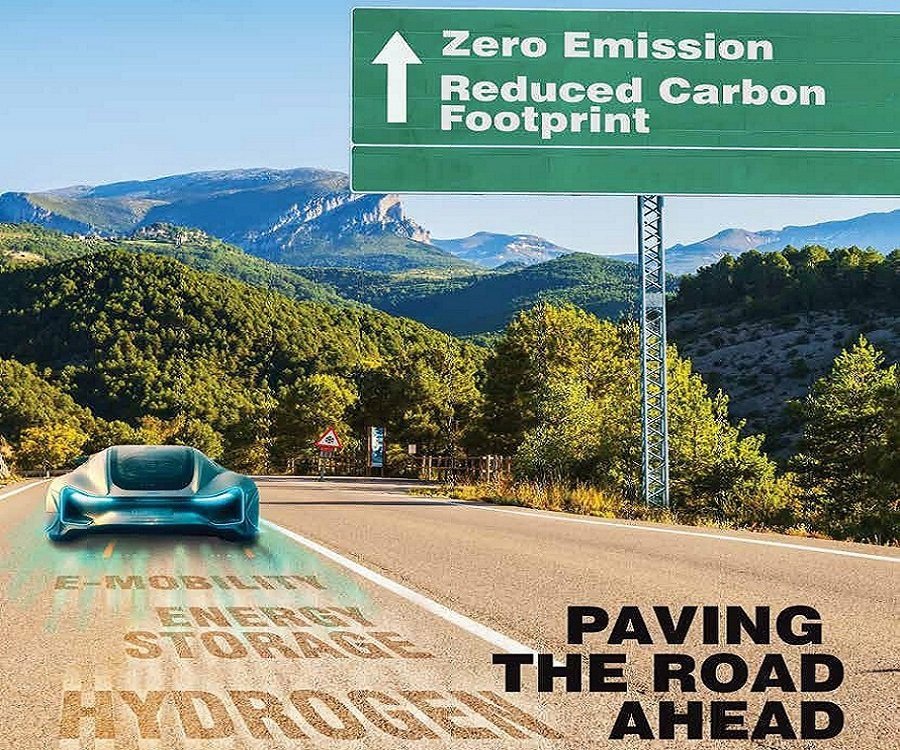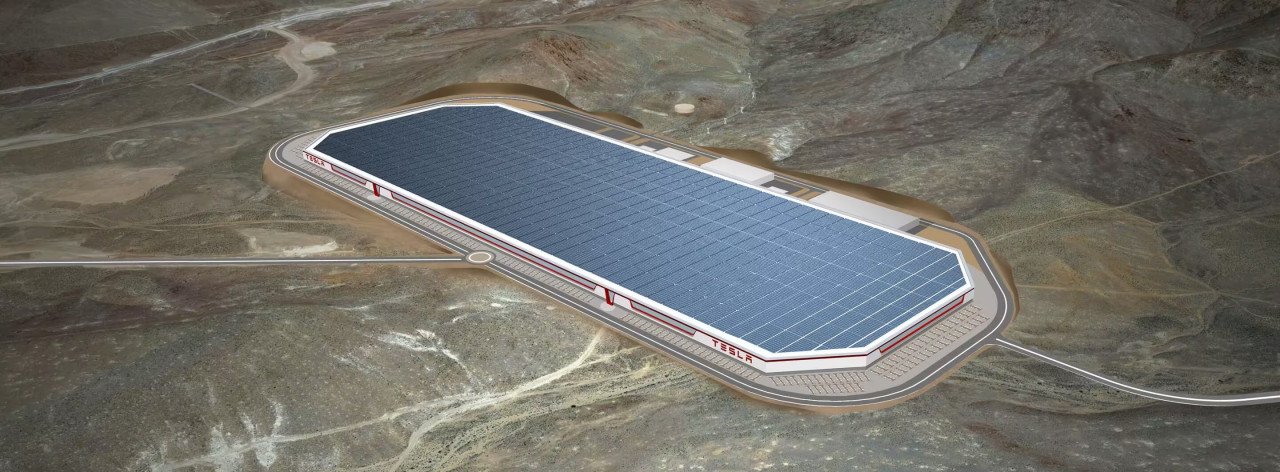Netherlands, Belgium have potentials to supply 62pc of EU's H2 import target
A latest research from the Westwood Global Energy Group has revealed an optimistic outlook for hydrogen imports in Northwest Europe, led by the ambitious targets set by countries such as the Netherlands and Belgium. However, the report also highlights certain critical factors as pre-requisite for their success in the emerging hydrogen economy in the region.
Westwood's Hydrogen Project Certainty analysis highlights the risks around each country's domestic hydrogen production pipeline, potentially impacting the viability of supplying the rest of Europe. It states that the growth is led by ambitious targets set by the Netherlands and Belgium, which have the collective potential to provide 62 percent of the European Union's 10Mtpa hydrogen import target set for 2030.
Following Russian invasion of Ukraine, in its 2022 REPower EU proposal, the EU unveiled targets for 10Mtpa of domestic hydrogen production and 10Mtpa of hydrogen imports by 2030. And with ambitious continental targets, the Netherlands and Belgium announced plans to become leading hydrogen import hubs for Europe.
David Linden, Head of Energy Transition, Westwood, commented, "The Netherlands and Belgium are already laying the groundwork to lead the way on hydrogen imports in Northwest Europe".
"Despite Belgium's seemingly conservative target relative to the Netherlands, the country stands ready to take the necessary steps for the promotion of hydrogen today, with great potential for further expansion in the future", he added.
However, a range of factors including the countries' own ability to scale domestic production, timely development of offshore wind and infrastructure and the establishment of global partnerships will be crucial to their success, according to the report.
"As home to two of the continent's biggest ports, the expansion of critical infrastructure linking supply and demand will be key to success, as will the establishment of global partnerships capable of supplying low-cost hydrogen", opined Jun Sasamura, Senior Analyst – Hydrogen, Westwood.
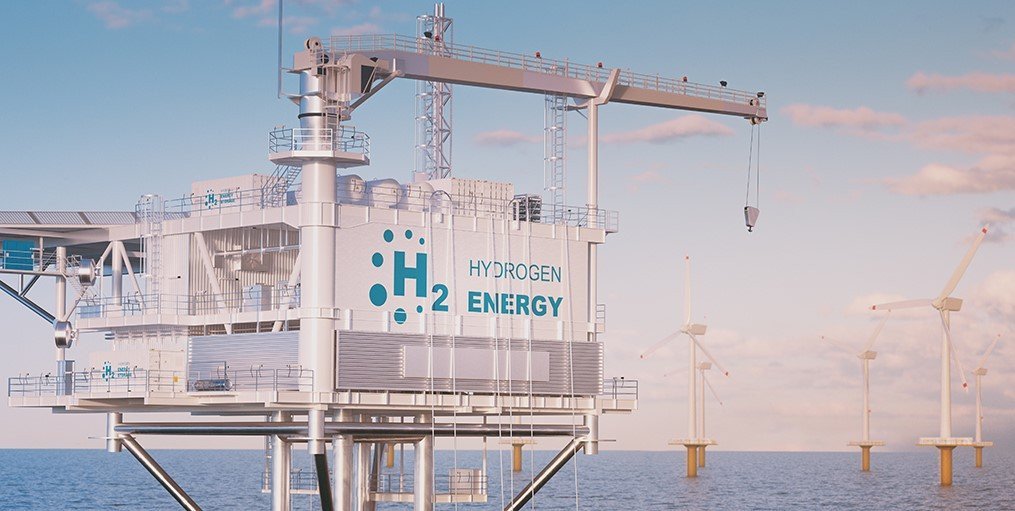
Europe can produce 300 TWh of Green Hydrogen from offshore wind by 2050: DNV -
Further, the success of domestic offshore wind will play a pivotal role in meeting hydrogen targets, Westwood finds. About 72 percent of the Netherlands' 12.5GW pipeline are green hydrogen projects, with 92 percent of these requiring power from offshore wind.
In addition, Westwood's analysis also highlights the risk in reaching domestic production targets. Research reveals only 3Mtpa of the Netherlands' announced hydrogen pipeline is 'Probable', leaving the country 1GW short of its 4GW by 2030 target. This increases to a shortfall of 5GW if the proposed 8GW target for 2032 is approved.
Therefore, the research concludes that imports could likely be required to meet the country's own domestic decarbonization goals before being available to wider-Europe.
It is to be noted that the Netherlands targets hydrogen imports from 2024 onwards in the form of ammonia, with gradual scaling-up in 2027-2028 and more from 2030 to meet the demand from rest of the Europe. The country has announced partnerships with 10 countries so far who has the potential to supply hydrogen.
Belgium, on the other hand, plans to commence hydrogen imports from 2027, with confirmed partnerships with 7 H2 supplying countries so far. Both the countries leverage strengths of major ports in the region such as Rotterdam and Antwerp in their hydrogen transition, along with their proximity to Germany.
The countries are devising strategic plans to repurpose the existing gas pipeline infrastructure and lay new networks for the transportation of hydrogen. This will enable them to link clean energy supply to their local industrial clusters to begin with, which can later be extended to the neighboring countries as well.
